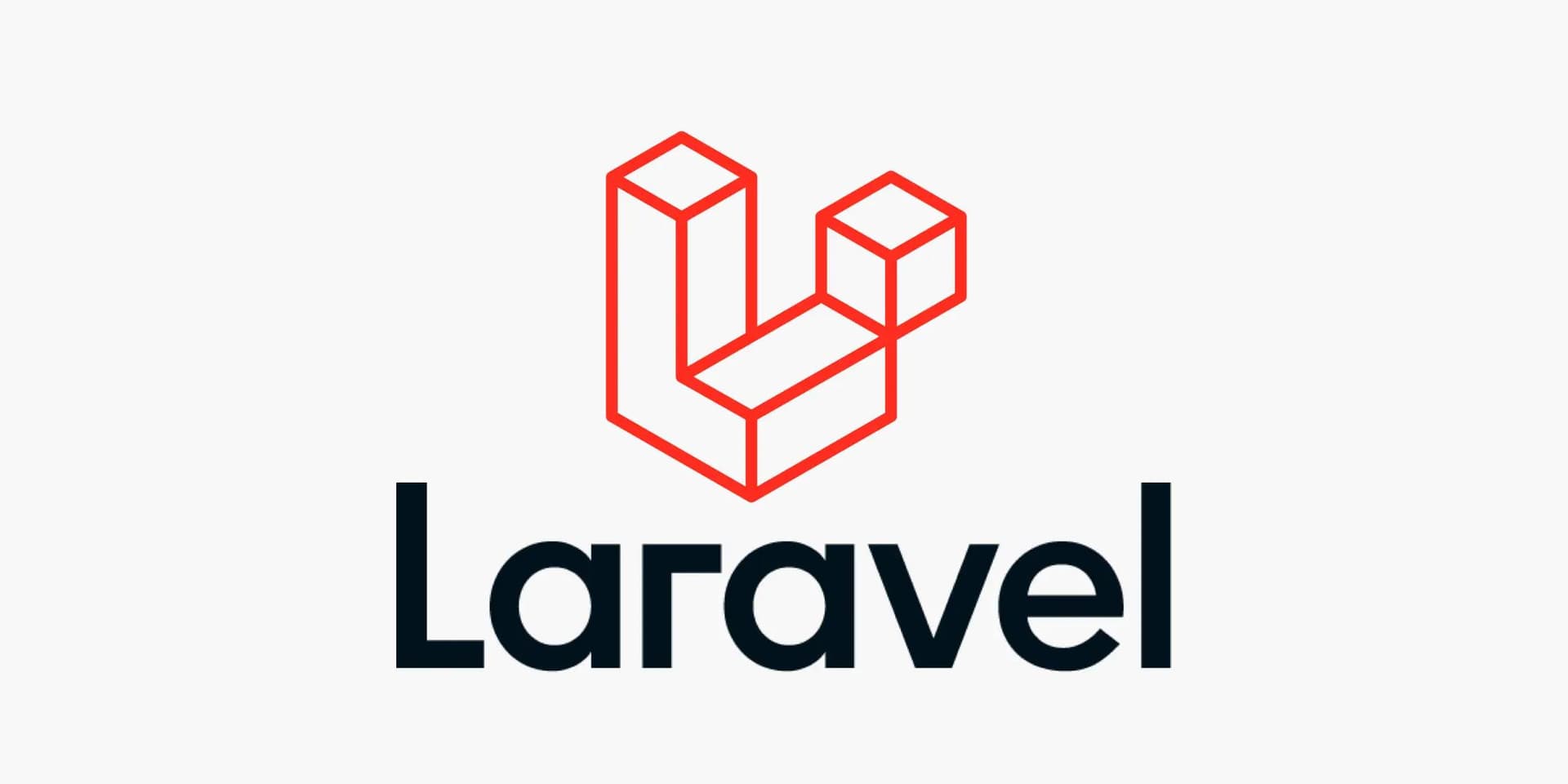In this article, we go through the steps to get a laravel application up and running on AWS cloud9.
prerequisite
- you already have an AWS account and created a cloud9 environment.
Update Packages
First things first, it's a good practice to run this command to make sure all packages are updated.
sudo yum update -yNext, we remove all php packages.
sudo yum -y remove php-*Then we update amazon-linux-extras
sudo yum update -y amazon-linux-extrasWe can check all the packages in use and packages currently available by
amazon-linux-extrasNext, we stop using lamp-mariadb10.2-php7.2 and start using php8.1.
sudo amazon-linux-extras disable lamp-mariadb10.2-php7.2
sudo amazon-linux-extras enable php8.1Then we install the necessary packages.
sudo yum clean metadata
sudo yum install php-cli php-common php-json php-devel php-fpm php-gd php-mysqlnd php-mbstring php-pdo php-xmlThen we restart apache.
sudo systemctl restart httpd.service
sudo systemctl restart php-fpm.serviceThen we install xdebug.
sudo yum install php-pear php-devel
sudo pecl uninstall xdebug
sudo pecl install xdebug
Next step is to install MariaDB
sudo amazon-linux-extras install mariadb10.5 -y
and to start MariaDB.
sudo systemctl start mariadb
sudo mysql_secure_installation
sudo systemctl enable mariadb
sudo systemctl is-enabled mariadb
Install Laravel
Finally, we are ready to install composer
curl -sS https://getcomposer.org/installer | php
sudo mv composer.phar /usr/bin/composerTo check if you installed composer successfully
composerNow you can make a laravel application
composer create-project "laravel/laravel=10.*" your_appnameYou can adjust your_appname to the name of your application. This command creates a new directory with the name of your application.
To run your application, type in the following command
php artisan serve --port=8080Connect your application to database
Inside /app/Providers/AppServiceProvider.php, write
#/app/Providers/AppServiceProvider.php
use Illuminate\Support\Facades\URL; //Add this line
public function boot() {
URL::forceScheme('https'); //Add this line
}
Next, in your termnal, run
mysql -u root -p
root
Once you successfully logged in your database, you can create a new database. Let's call our database testdb
create database testdb;
exit;Next, we modify .env file in the root directory with the following lines.
This lines enable your app to connect to the testdb database.
DB_CONNECTION=mysql
DB_HOST=localhost
DB_PORT=3306
DB_DATABASE=testdb
DB_USERNAME=root
DB_PASSWORD=root
Summary
With these steps you can get a laravel application up and running.
Hope this article was helpful. Happy coding!
